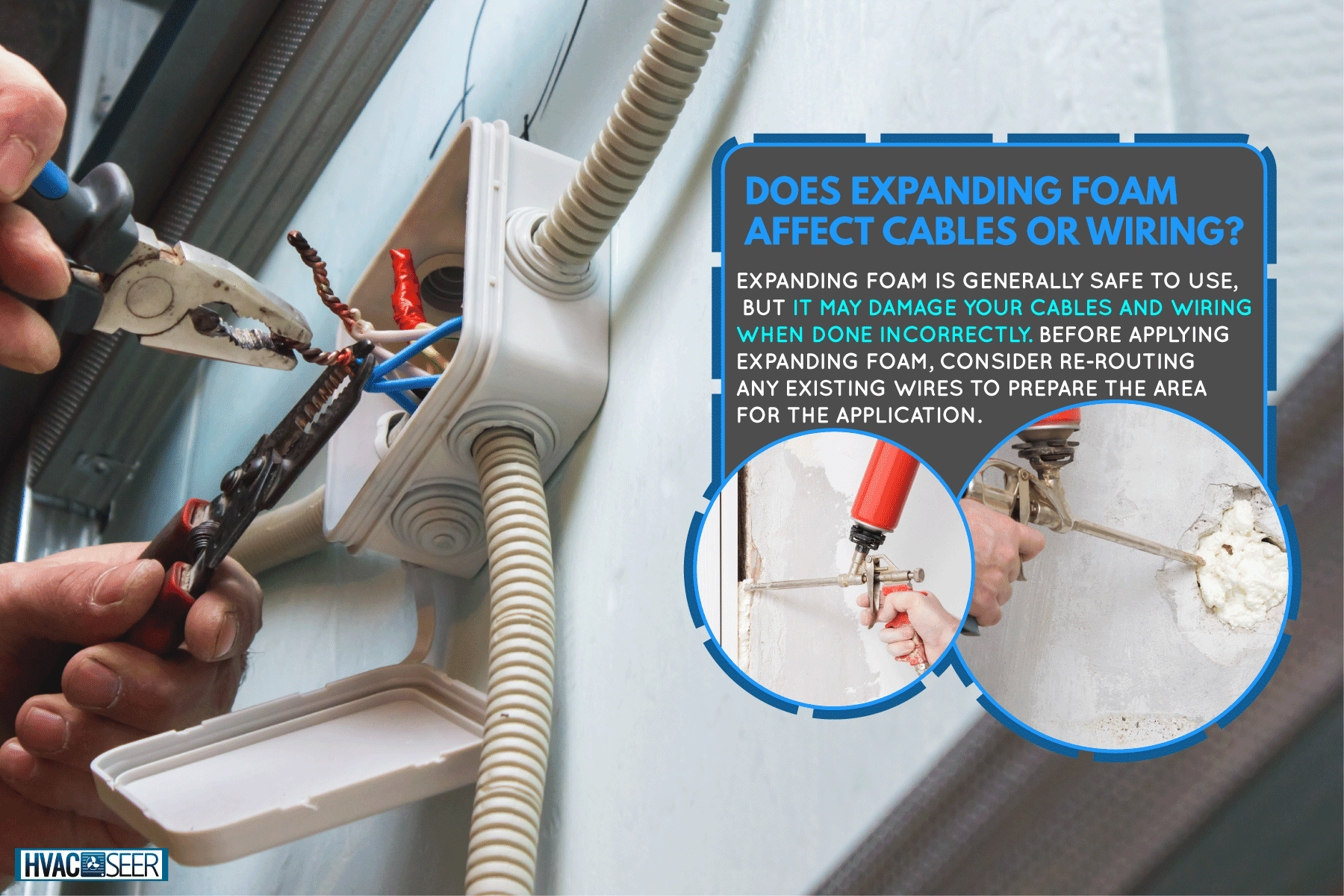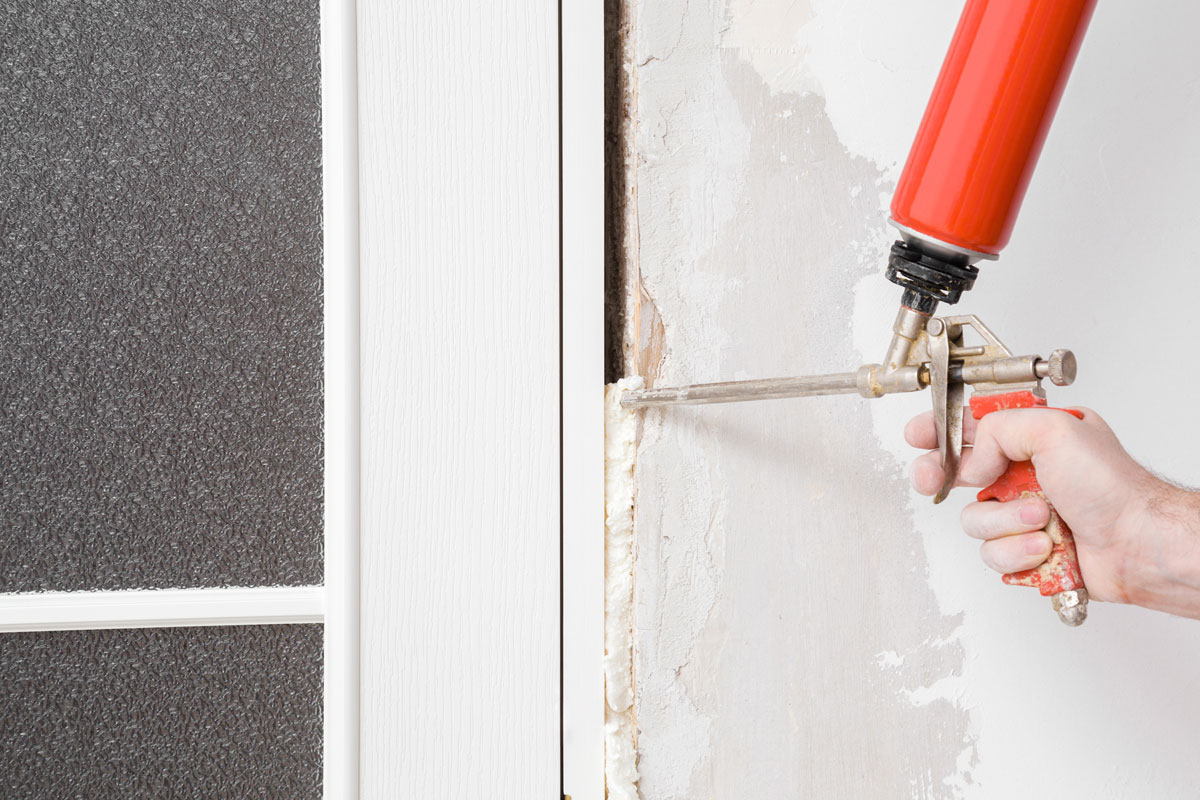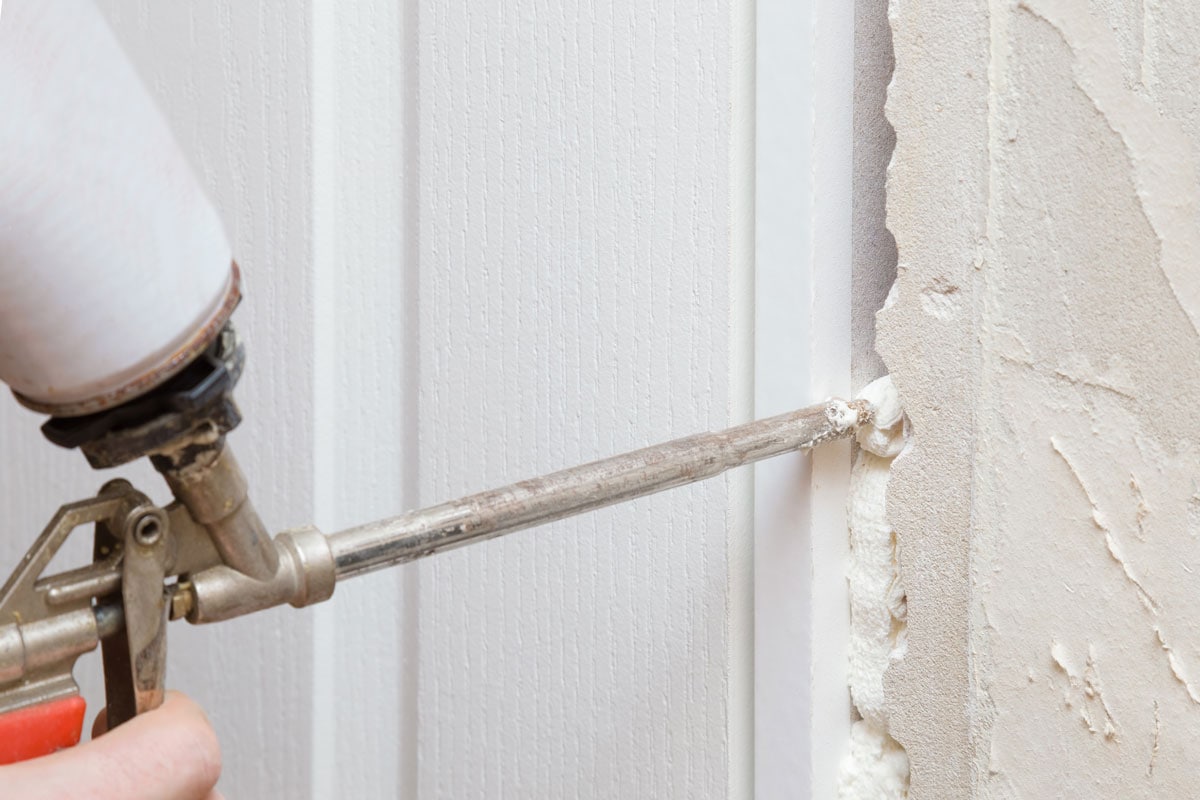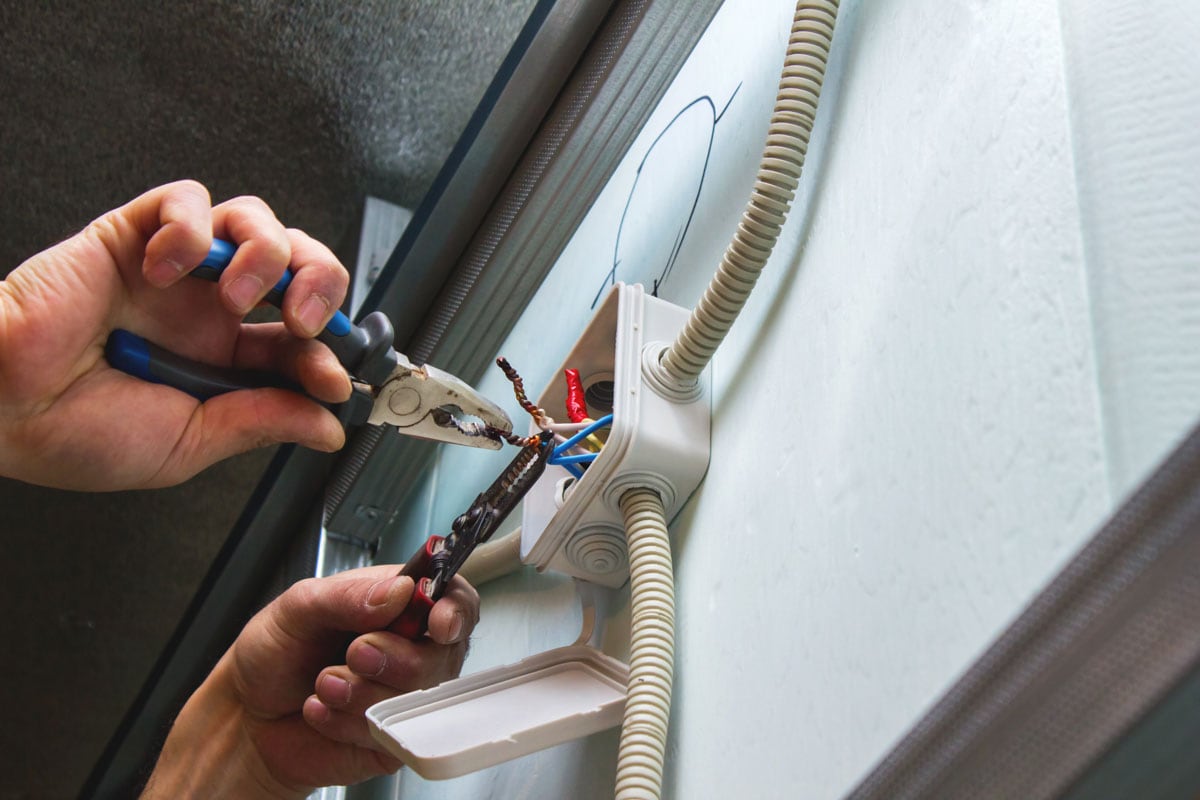Expanding foam has many benefits for your home, but you might be wondering what's the catch. Well, we are here to answer that dilemma of yours. We have gathered some of the most useful information we can find, and compiled them through this article to help you out.
Expanding foam is generally safe to use, but it may damage your cables and wiring when done incorrectly. Before applying expanding foam, consider re-routing any existing wires to prepare the area for the application.
There are a ton of ways for you to prep your wires and cables at home for all your expanding foam projects. We break down some of them for you in this guide, so keep reading to find out more.

Can Expanding Spray Foam be Applied Over Wiring Systems?
For residential properties, wiring systems are already insulated thanks to the PVC material wrapped around them to prevent fire accidents. This type of protection makes it safe for you to spray your expanding foam on top of it. However, ensure there are no exposed live wires and flammable surfaces before doing so.
The polyurethane expanding foam has no serious effects on PVC material. Hence, expanding foam should be applied outside the PVC material to prevent overheating. It's also best not to spray your foam inside electrical boxes or anywhere near them.
In some circumstances, empty electrical conduits can also be built and covered with spray foam. An electrician can route wiring this way without removing the previously sprayed expanding foam by using the concealed conduits.
How To Apply Expanding Foam Over Wires And Cables
It's essential to note that all wiring and electrical systems must be installed already before spraying expanding foam on top of it. If you're knowledgeable enough, you can do the wiring yourself or have a professional do it.
After the installation process, you may begin spraying your expanding foam over it.
- Ensure that the application area is clean and dry.
- Wear your protective gear.
- Spray your expanding foam over the wires, ensuring the foam canister is at least 3 inches away from the wiring setup.
- Check for any gaps and fill them up with foam.
For more information on how to apply expanding foam, you may read this article: How Long Does Expanding Foam Take To Dry?
Check out this expanding insulation foam from Amazon.
The Pros And Cons Of Expanding Foam
Mainly used for insulation, expanding foam comes with many benefits and a few caveats. If you're not a professional in the insulation field, you might want to check these out before using them for your wires and cables.
Pros
When using expanding foam, you can enjoy a slew of benefits, including but not limited to:
- Insulation and thermal properties for air-conditioned rooms.
- Lessens your energy costs when properly installed.
- Seals any gap present in tight-knit crevices and surfaces.
- Last for decades.
- Improve the air quality inside your home.
- Prevents moisture from seeping in through your walls that can eventually cause mold and mildew.
- Blocks out excessive noise.
- Easy to install and fix when incorrectly applied.
Cons
Every advantage has its disadvantage. This also applies to expanding foam.
- Installation can be costly, especially when calling up a professional to do it.
- The application can get messy, especially when you're not knowledgeable about the product.
- Open-cell type of foam can still absorb water and moisture, which can be bad for your walls and wiring.
- Unsafe to use for people with health issues.
- Requires the use of proper protective gear when installing.
- Not entirely the best choice for DIY-ers.
- It can't be installed near fire hazards.
How To Remove Hardened Expanding Foam

There's an eventual need to remove your expanding foam, especially when you need to re-apply it. It may sound like a chore, but there are many ways you can do so without breaking a sweat. Do note that you must also do these with care and with the right protective equipment, such as masks and gloves.
- Scrape off all the old foam using a knife. You may use heavy-duty equipment such as a saw or a hammer if it's stubborn.
- Look out for any cables or wiring during the scraping process and avoid them at all costs for your safety and the efficiency of the task.
- Apply a lacquer thinner to smoothen the surface and remove the leftover foam.
- Begin applying a new layer of expanding foam and follow the appropriate procedure.
Check out this lacquer thinner on Amazon.
Where Should You Not Use Expanding Foam?

As previously mentioned, expanding foam is generally safe to use on top of cables and wiring, but here are some places for you to avoid applying it.
- Locations that are adjacent to electrical and ceiling light boxes.
- Closed-cavity spaces where the foam wouldn't have enough room to expand.
- For open-cell foam sprays, the roof is not ideal as too much moisture can cause the wooden parts of the roof to rot.
- Doors and windows, if your foam spray has a high expansion capacity.
- Wet surfaces, especially if you plan on using the foam spray as a waterproofing material.
- Anywhere near someone with sensitive skin and respiratory issues.
Is Expanding Foam A Good Insulator?
Expanding foam is a great choice for home insulation. Expanding foam comprise of two components — isocyanate and polyol resin — that react when mixed.
In this way, the foam expands and hardens to serve as an insulator, especially for small rooms that do not require a thorough insulation setup. Expanding foam also offers decent soundproofing aside from its insulating properties.
Do You Need A Vapor Barrier With Rigid Foam Insulation?
There won't be a requirement for a vapor barrier if you utilize a thick layer of foam. Generally, it's best to avoid having a vapor barrier, as this will cause problems for your interior walls should they get moist or wet.
Having a vapor barrier installed would make the walls difficult to dry as this would mean you have to tear it down before drying down the wall cavity.
You can consider a Class III vapor retarder instead if you feel it necessary. Polyethylene sheeting and aluminum or paper-faced fiberglass rolls are the most common examples of vapor retarders. Another type is foil-backed and painted wallboards.
How Long Does Spray Foam Insulation Last?

Spray foam insulation is known for being built for longevity. A good application of the spray foam insulation can last for 10 to 80 years. This gives you great value for your money and makes up for the hefty sum that the installation may cost you.
Although spray foam insulation has a long life expectancy, this can only be achieved in newer homes. Older homes and those that underwent a ton of renovations may need a re-application over time.
Some spray foam products also offer a manufacturer warranty, so check on your spray bottles for such special offers.
Can Mold Grow On Spray Foam insulation?
Mold does not grow on spray foam insulation. Spray foam won't rust or degrade like wood or metal. This means that a properly foam-insulated space will not have mold.
However, this does not guarantee that your walls and other surfaces are safe from mold infestation, especially when it's constantly filled with moisture. Be sure to use a spray foam ideal for your home to prevent this.
Can Additional Wires Still Be Installed On Top Of Expanding Spray Foam?
While open-cell spray foam makes extraction easier, sturdy closed-cell spray foam can make the job more difficult. If the foam hasn't completely penetrated the insulation, you can cut off the area where the wires will go, install what you need, and then fill it back in.
Remember that installing electrical cables on top of a spray foam already set is far more difficult than simply spraying foam over them.
In Closing

Expanding foam is an excellent product for installation. Having expanding foam on areas with wires and cables won't have any detrimental effects as you spray on top of the wires' protective coating. However, should you find the wiring system complicated, you can have the wires rerouted for expanding foam application or by consulting a professional.
Enjoyed this post? Check out some of these related topics before you go:
How Long Does Spray Foam Insulation Smell?


